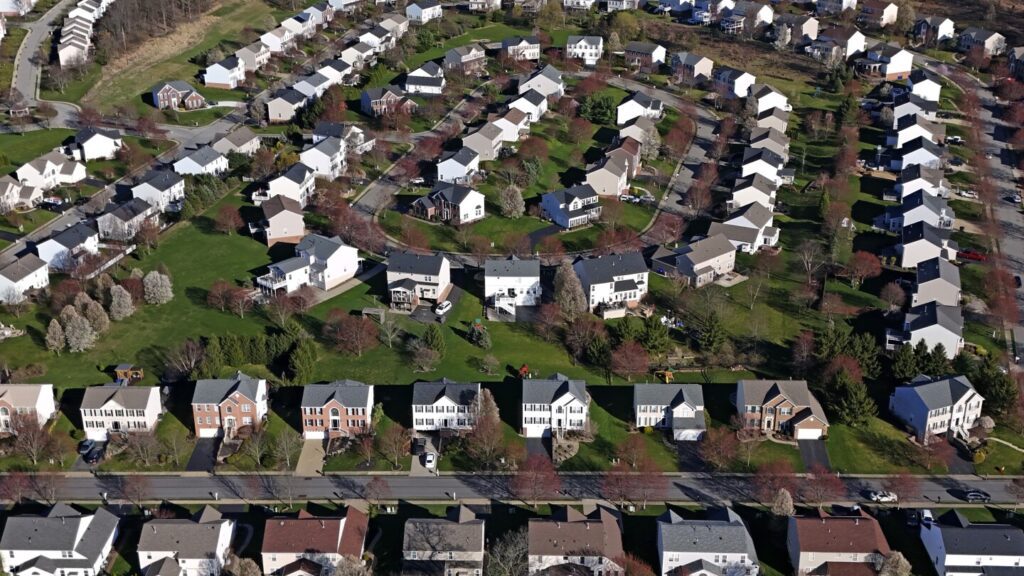In Chagrin Falls, Ohio, a recent home energy evaluation highlights how residential energy consumption significantly contributes to U.S. greenhouse gas emissions, which mainly come from heating and cooling. An expert assessment helps homeowners identify energy inefficiencies and offers strategies to improve efficiency and reduce costs.
In the case of a climate reporter who moved into a 100-year-old Cleveland home, the evaluation revealed major inefficiencies. Key findings included oversized HVAC systems, leaky ducts, and insufficient insulation, all of which impacted comfort and energy costs. The evaluation involved testing the furnace, air conditioner, and using a blower door to detect leaks. A thermal camera identified specific areas needing improvement, including gaps around windows and doors.
Recommendations included replacing old electrical wiring to improve insulation options and potentially upgrading appliances to more efficient models, although initial costs can be significant. Federal tax credits under the Inflation Reduction Act could offset some of these expenses. The couple plans to make immediate repairs, such as sealing gaps, to enhance their home’s efficiency and cut down on energy bills.
Source link


